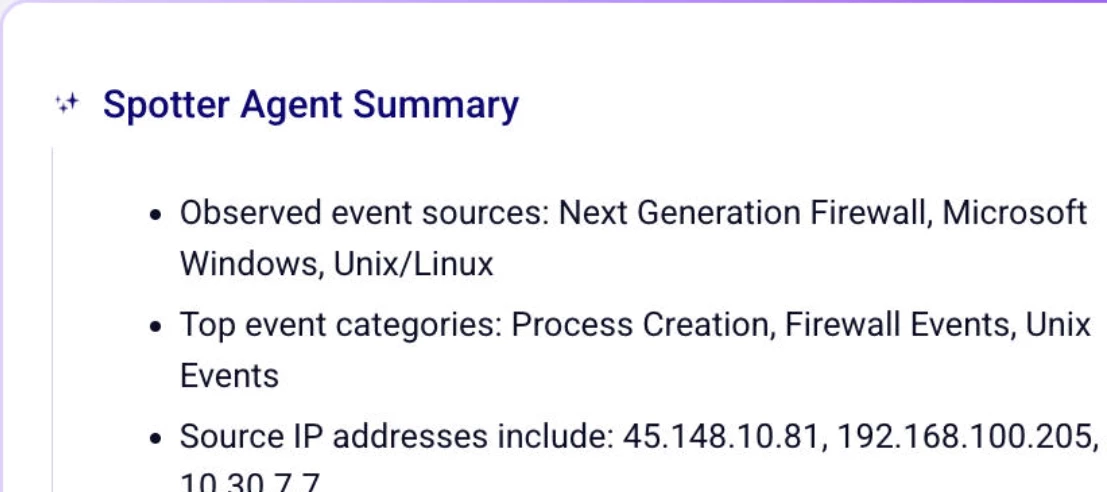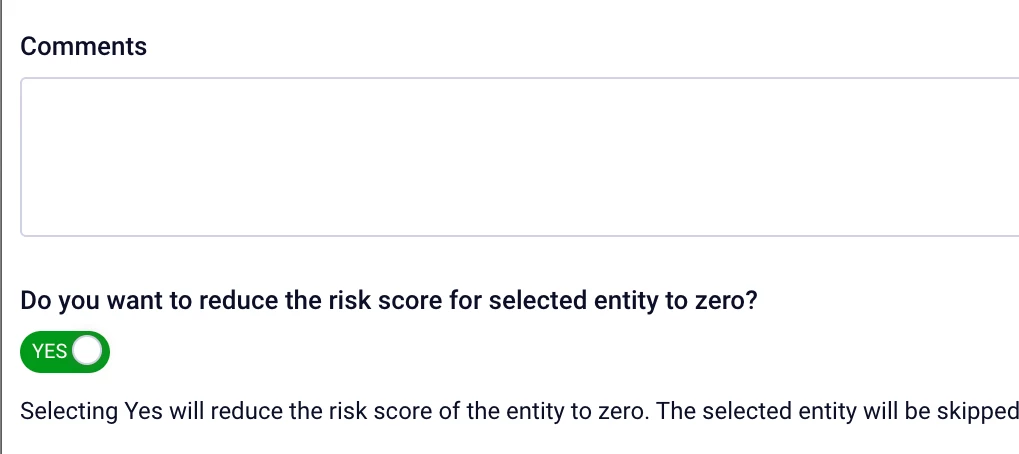🔗 Product Update: Elastic Action for ThreatQuotient TDR Orchestrator
Product Update: Elastic Action for ThreatQuotient TDR Orchestrator Audience: Threat Intelligence Analysts, SOC Teams, MSSPsProduct Module: ThreatQ TDR OrchestratorLast Updated: February 4, 2025Tags: ThreatQuotient, Elastic Security, Elastic Stack, TDR Orchestrator, Threat Intelligence, IOC Enrichment, SIEM Integration, Automation 🧠 OverviewWe’re excited to announce the release of the Elastic Action for the ThreatQuotient TDR Orchestrator! This new integration enriches ThreatQ indicators with contextual data from Elastic Security, allowing analysts to correlate intelligence with operational events—all within their orchestrator workflows. By combining Elastic Security’s SIEM and endpoint telemetry with ThreatQ’s intelligence-driven automation, security teams can detect, investigate, and respond to threats faster and with greater context. ⚙️ Key Capabilities The Elastic integration introduces a new TDR Orchestrator Action: Elastic Enrich Indicators – Executes an Elastic search query to retrieve matching hits and enriches ThreatQ indicators with contextual data from Elastic Security. 🗂️ Supported Object TypesThe Elastic Enrich Indicators action supports the following object types: Assets Indicators Upon execution, the action returns enriched: Assets Indicators This two-way enrichment helps SOC teams identify related entities, prioritize alerts, and strengthen cross-platform threat context. 🔐 RequirementsTo use the Elastic Action, ensure you have: An active ThreatQ TDR Orchestrator (TQO) license Valid Elastic Security connection credentials with query access Properly configured search queries or index permissions in your Elastic environment 💡 Why It MattersIntegrating Elastic Security with ThreatQ delivers: Automated enrichment of indicators with Elastic event data Improved visibility across SIEM and threat intelligence platforms Faster, more efficient investigations through consolidated insights Together, these capabilities help analysts move from detection to understanding—and from data to action—more efficiently. 📘 Learn MoreVisit the Elastic Security documentation to explore configuration options and use cases. 💬 Try It and Share Your Experience Enable the new Elastic Action in your ThreatQ TDR Orchestrator and let us know how you’re using it to enhance your enrichment workflows.



